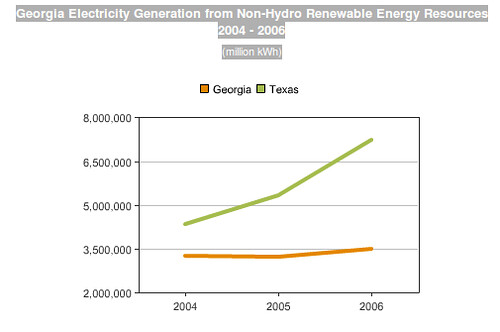Citizen Carol wrote for Texas Vox 6 January 2012,
Austin Energy drought proofs its energy with new Webberville Solar Project
How about
on the proposed coal plant site in Ben Hill County?
 A number of years ago, the City of Austin purchased this land
planning to install a new coal-fired power plant. When those plans
fell through, a landfill was proposed for the site that now boasts
280 acres of solar panels with a view of downtown Austin along its
horizon.
A number of years ago, the City of Austin purchased this land
planning to install a new coal-fired power plant. When those plans
fell through, a landfill was proposed for the site that now boasts
280 acres of solar panels with a view of downtown Austin along its
horizon.
Of course, it doesn’t have to be that big, or all in one place. How about on top of a landfill? How about on the cotton fields next to Valdosta’s Sallas Mahone Elementary School? Energy to air condition the school instead of drifting pesticides, and profit to the landowner! How about at the airport? At the mall parking lot? On top of the new county palace? On the warehouses in Hahira?
-jsq







